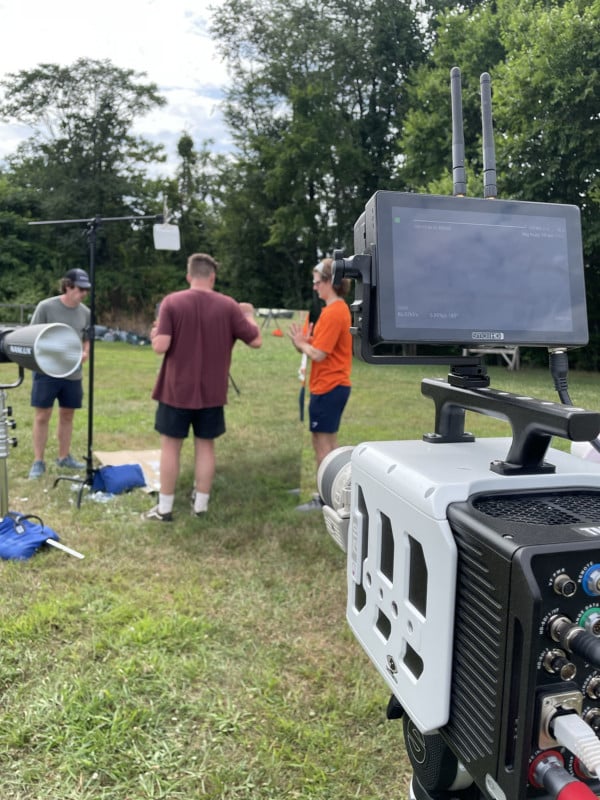Cinematographer Captures Civil War Cannons Firing at 105,000 FPS
A cinematographer assigned to capture Civil War cannons firing projectiles used a Phantom TMX 7510 to record at 105,000 frames per second (FPS).
Ryan McIntyre from Cinespeed tells PetaPixel that he was hired to shoot a segment for a documentary about the Japanese Civil War, which took place not long after the American Civil War ended in 1865.
“The purpose of the highspeed shoot was to compare the Napoleon cannon with the newer and more advanced Parrott rifle,” he says.
“NHK [a Japanese broadcaster] wanted to show how much better the Parrott rifle was by showing how much energy the Parrott round had even after going through seven 55-gallon drums.”
![]()
McIntyre employed a Phantom TMX 7510, a camera capable of recording at 1,750,000 FPS.
“We used the Phantom TMX 7510 and shot between 50,000 and 105,000 fps. We then used Topaz AI to upscale the footage to 4K,” he says.
The documentary makers requested a shot where the cannonball is flying toward the camera to show the differences in rotation and shockwaves of the two projectiles.
“To achieve this we set up a mirror down range between the backstop and cannon,” explains McIntyre.

“We then angled the mirror slightly and aimed the camera and cannon right at each other. Before we loaded the cannon we lit and set a focus point between the cannon and mirror to where we wanted the projectiles to come in focus.
“If you look at the end of those mirror videos, you can see the actual projectiles come into frame briefly and shatter the glass.”
To light the scene, McIntyre and his crew used bright Nanlux lights.
“We used two Evoke 1200 daylight lights and a Nanlux Dyno 1200C. We decided to go with Nanlux lights because they have been the only color-accurate lights that don’t flicker, even up to 875,000fps. They also have the output that was needed to capture 50,000 FPS to 100,000 FPS,” he says.
The video was filmed in a closed firing range in Lancaster, Pennsylvania and a specialized team came to fire the cannons.
The resulting clips were included in the documentary entitled End of the Endo Period, an NHK production that is only in Japanese.
Previously, McIntyre used the Phantom TMX 7510 to capture vintage flashbulbs bursting spectacularly.
More of McIntyre’s and CineSpeed’s work can be found on YouTube, Instagram, Facebook, and website.
Image credits: Photos by Ryan McIntyre/CineSpeed.